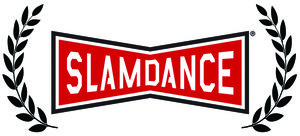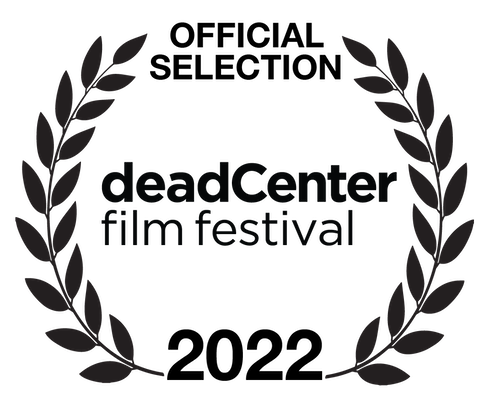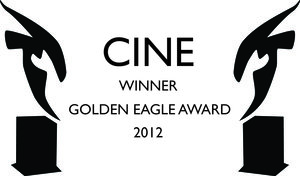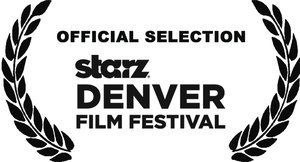Music, Time, and Money
/Following on from last week’s post, about the value of your music, the question arises: What should one charge for one’s music? I’m asked this question frequently by students and by emerging composers, and it’s not an easy topic. Here’s the best place to start assembling an answer:
What does it cost you—in time and money—to write one minute of music?
It’s an important thing to know, yes? If, at the very least, we’re looking to break even (i.e., not have to pay for the privilege of writing music), we ought to know what kind of return we must have on each unit of music we create. And one minute is as good a unit as any for us to examine.
Let’s start with the music itself.
Calculate a rough estimate of how many minutes of music you create in an average year… going back five years, adding up all the minutes of music you’ve created, and dividing by five. This is your Yearly Average Production (YAP, for those of you who like acronyms). You can base your YAP on a single year, by the way, instead of going back five years. But I do recommend going back, especially if you’ve been doing this for a while, in order to average out the busy years and the lean years. If you’re just getting started, you might want to include only your most recent year. Whatever number seems most accurate and meaningful to you… moving forward we’ll call that number X.
Now let’s look at time.
Add up all the minutes you spend on your music—including the whole staring-out-the-window part. Add X years’ worth of minutes, divide by X, and you have a nice average yearly number… your Yearly Estimated Time Investment (YETI).
For the money side of the equation, it’s the same thing.
Go back X years. Add up all your studio expenses. Gear, of course… but also things like office equipment and supplies, career-related phone bills, iTunes purchases, website hosting, rent/mortgage (for your studio, or an appropriate fraction of your rent/mortgage if you’re home-based). Basically, if you deduct it on your taxes as a business expense, include it here. A rough estimate will suffice. Divide that total by X to arrive at a Yearly Average Cost of Composing (YACC).
Now comes the part we’ve all been waiting for. Divide your YAP by your YETI to arrive at the actual time cost of a minute of music. Likewise, YAP/YACC yields the actual financial cost for you to create one minute of music. If you want to make a profit, that one minute has to generate more than YAP/YACC. And knowing YAP/YETI will tell you how much music you can reasonably create in a year’s time, when you devote the hours you choose to devote to your career.
By the way, please note here that we’re factoring in all the ancillary time-stuff as well… and that’s so important. We’re taking into account researching and purchasing gear, archiving files, poring over legal contracts, taking lunches with producers, and every other minute you spend on your composing career. You can also take a look at only those minutes actually spent in front of the computer (or score paper, if that’s your process), just to get a sense of how long it takes you to write a minute of music. That’s a different statistic than we’re focused on here, but it’s also important for you to know as you plan your daily/weekly/monthly schedule.
Here’s an example of how it all comes together. All numbers are fictitious, but reasonable for a full-time working composer.
Meet Nigel Demiquaver. You all know Nigel for his fine score for the television series The Dunes of My Spleen. Great work, although that Emmy snub (nominated, but lost out to Bartholomew Phlegm… that hack!) was a bit of a scandal in the community a few months ago. Anyway, let’s run the numbers on Nigel and see what he needs to make per minute just to break even.
Music: Nigel is prolific. Phenomenally so: He’s scored 23 episodes of Spleen (avg. 20 min.s per episode) for each of the last five years, and he’s scored three feature-length films to boot (avg. 60 min.s per picture). That’s a total of 2,480 minutes of music. Let’s round up to 2,500 over the five years’ time—throwing in a commercial here and there, and maybe a few minutes composed for, oh, a web series—for a colossal YAP of 500 minutes.
Time: I’ll speed things up a bit by saying that, in an average year, Nigel spends 22 weeks in full-on “music mode”—brutal, 80-hour weeks. Another 18 weeks are spent in a less-intense mode (sending out demos, archiving, paperwork, writing a bit, etc.): 40-hour weeks for that time. Add an extra 20 miscellaneous hours over the rest of the year and it comes out to a nice, even and fairly true-to-life YETI of 2,500 hours.
Money: Again, I’ll just give you yearly averages on all of this. There’s a lot to reckon with here, so bear with me. Nigel wants to stay current, spending an average of $4,000 a year just on hardware (new Macs & PCs, plus the occasional mic or office chair or piece of outboard gear). He employs two assistants who cost $8,000 a year each to keep around (that would be something like 10 hours a week, every week, at $15 per hour, apiece).
Each episode of Spleen (that’s 23 a year) costs an average $1,000 in musicians and engineers—an incredibly low number to plug in here, by the way—so we add another $23,000 to the yearly tally. $10,000 a year is Nigel’s investment in software and sample libraries, and the cost of his studio space is $36,000 per year (that’s a 1,500 square foot studio at $2 per square foot per month in rent… more than reasonable, given LA costs these days). Utilities cost him $2000 for the year, and internet/website costs another $200.
Nigel kisses another $3,000 goodbye as he takes potential clients out to lunch, dinner, drinks and concerts (enjoyable, all—but a legitimate cost of doing business). Emmy night alone costs him nearly $1,000. He spends $600 per year in office supplies (toner cartridges ain’t cheap!); another $2,000 promoting himself online and in print; $500 for postage, overnight delivery, and messenger services… I’ll stop there, although the costs continue. You can see where this number is going, yes? YACC = $100,000.
These numbers are reasonably close to what you’d see in the real, professional world. And they do paint the picture. Do the math, and you can see that one minute of music, for Nigel, requires 5 hours and $200.
If Nigel makes $600 per minute up front (i.e., his package for each TV episode is about $12,000), he’s already made $276,000 per year… but a package deal that handsome is increasingly rare in today’s world. Let’s cut it in half. Even at that—$138,000—he’s $38k toward having a life, paying taxes, etc. Royalties will vary wildly, but it’s reasonable to say that, if Spleen is a network or basic-cable show, he’ll see between $200-$400 per minute in back end (domestic and international) over the life cycle of the cue. That means somewhere between $100,000 and $200,000 more for Nigel per year.
Makes that Emmy-less awards shelf a bit more bearable, doesn’t it? And it covers the cost of those three little movies he scored (which were sort of long-term investments anyway: he put the entire budget “into the scores,” making next to nothing so that, if the directors move ahead in the world, they might remember him and hire him for the Next Big Gig. Whether that’s a winning long-term strategy is an arguable topic for another blog post, but that’s what he did).
Even if Nigel’s TV show were to air on a much smaller network, where per-minute royalties are substantially less, he stands to make reasonable coin if he keeps his writer’s share. He’ll make even more if he owns a percentage of the publishing royalties as well. But no show is forever (except maybe The Simpsons), and Nigel is going to have to save a hefty chunk of his income to tide him over during the inevitable slow times. His expenses during those lean periods are likely to go up if he’s hustling for gigs, using the down time to re-vamp and re-outfit his studio, creating demo cues for projects, etc. Counterintuitive, but true. There is an economy of scale here: the magnitude of these numbers may not be applicable to your career (yet!), but the factors to consider are almost all the same.
The value of having your own version of all this information, I think, is evident. Silly acronyms aside, these are numbers you must know in order to exercise even a modicum of control over your schedule and finances.




















































































































